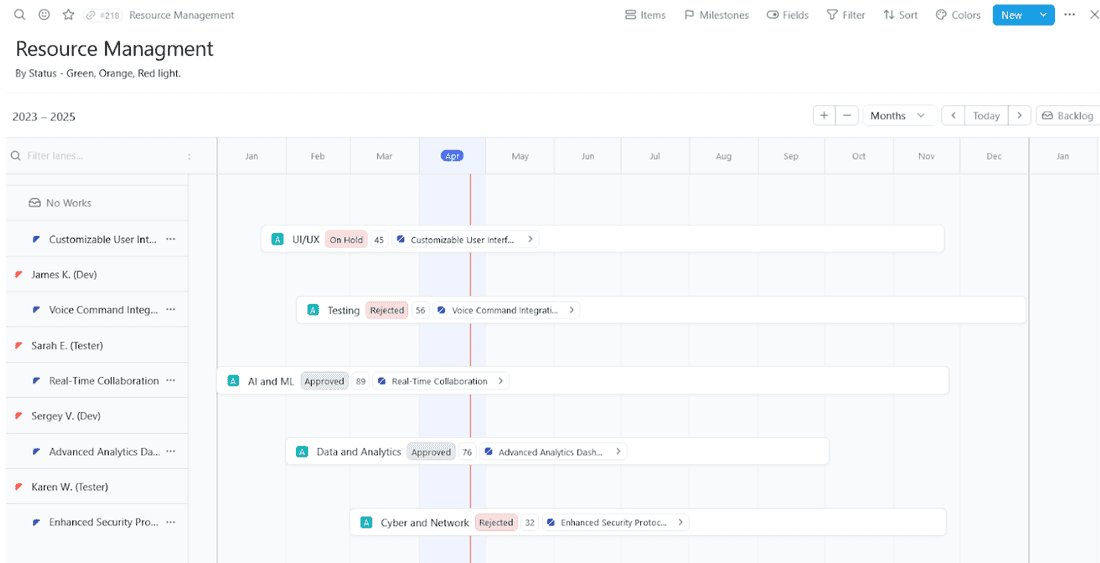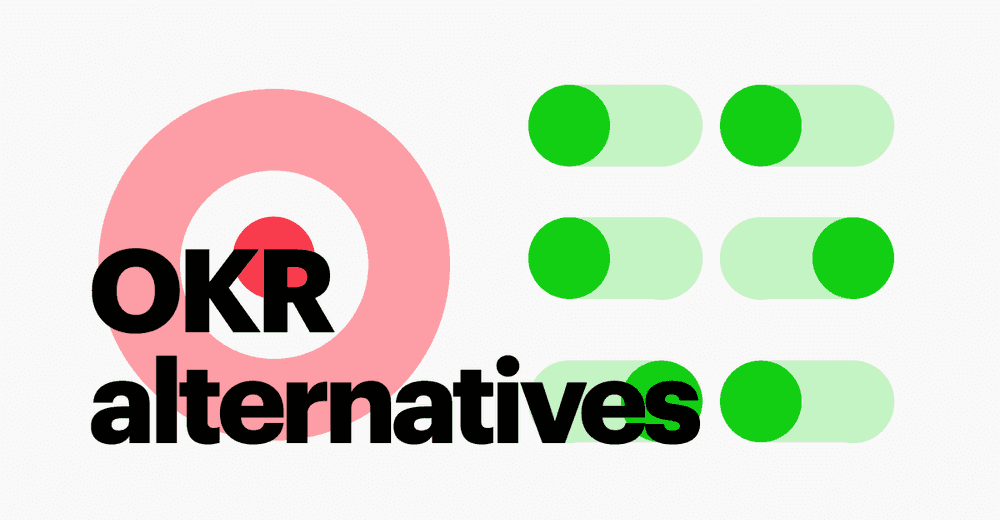Hitting the Limit: a Product Manager's Guide to Resource Constraints
- Learn what it means to deal with resource constraints while steering product development.
- Get some hands-on tactics for handling these tough spots like pros.
- Learn from a few real-world situations you’re likely facing (or will soon), so you’re armed with insights when they arise.
As product managers, we’ve all been there—not enough time, tight budgets, and the wrong people on board.
These roadblocks are a real test of our mettle and can significantly shape how and when we deliver solutions to our customers.
What Are Resource Constraints?
In product management, we often hit obstacles known as resource constraints. Think of them simply as bumps in the road that slow down how quickly and effectively we can create and roll out a new product.
Sometimes, it’s not having enough hours in the day or funds in the budget to make our vision come to life. Other times, it might be that we don’t have the right expertise, or our company’s overall workload is already maxed out.
Resource constraints actively shape how product managers think on their feet, compelling us to find smart workarounds without compromising quality.
Navigating these challenges skillfully is essential for keeping projects on track and delivering results despite tight spots.
Managing Resource Constraints
Imagine if resources like time, money, and talent were limitless. Unfortunately, for the majority of us, this is only a dream. In reality, product management involves smartly navigating these very real limits.
Let’s unpack how we handle this with clarity and strategy without slipping into technical jargon or dream worlds of unlimited budgets.
Knowing Your Playfield
First off, understanding our boundaries is key:
- Time: We’ve got deadlines. Recognizing when things need to happen can make or break your plan.
- Budget: Money matters. It’s about spending wisely at different stages so that every dollar counts.
- Talent: People power projects. Knowing who can do what—and upskilling if necessary—is vital for keeping pace and quality high.
Playing Resource Chess
With clear borders drawn, it’s all about making smart moves:
- Prioritization: Imagine ranking tasks by impact versus effort. Tools like Fibery help visualize this so you don’t chase low-value busywork.
- Agility Over Rigidity: Think fast on your feet, using agile methods to help you adjust as resource landscapes shift because sticking rigidly to plans isn’t always practical.
- Smart Tech Use: If repetitive tasks are eating time, technology might just munch them instead – letting humans focus on complex puzzles best solved by brain, not brawn.
Real-World Playback
Okay, but how does it work in real life?
- Scenario Sketching: Tools like Fibery let teams sketch out ‘what-if’ plays with their resources giving a preview of possible outcomes before decisions lock-in.
- Forecasting Future Plays: Employ prediction-friendly tools to get a sneak peek at upcoming resource needs – think of preparing today for tomorrow’s crunch!
By focusing on these areas, product managers can turn the tightrope walk of limited resources into strategic pathways toward clever solutions and streamlined processes.
A Few Examples of Resource Constraints
Mastering the art of resource management is a critical skill for any product manager. Here are some relatable, if hypothetical, scenarios that illustrate the hurdles teams often face:
Example 1: Too Many Features, Too Little Time
The dilemma: The team wants to pack five shiny new features into their next release.
The limit: With only three months until launch and no extra money in the kitty, choices have to be made.
The approach: Using Fibery’s analytical tools, they dissect costs and timelines feature by feature. They pick just two, those that deliver real bang for our buck to ensure they hit deadlines without watering down what makes their product stand out.

Example 2: An Overstuffed Roadmap
The scenario: There’s an ambitious list of projects on deck but not enough hands on deck to attack them all this year.
The bottleneck: They’re tapped out staff-wise with no cash flow wiggle room for bringing on help.
The strategy: By leaning into Fibery’s prioritization smarts, each project gets measured against company goals and realistic resources. Tough calls are made; less pressing items get shelved until next year, while top impact-getters get full attention now.

Example 3: Racing Against Rivals Without Tripping
What’s happening? A competitor is close to launching something similar—it’s tempting to race ahead in any way possible.
What might give?: Speeding up means risking polish, the kind users expect, and potentially bumpy rides afterward.
How do we handle it?: Decisions aren’t taken lightly here. They use Fibery as a sounding board balancing haste against maintaining standards. Result? A solid offering lands slightly sooner than planned but doesn’t cut corners where quality matters most.

Example 4: Meeting Surging Demand Without Breaking Down
Current situation: User numbers rocketed past estimates—it’s time for the product to grow, stat!
Sticking point: The existing system isn’t equipped to manage this surge, especially with a limited budget for upgrades.
Solution: Using Fibery’s tools, the team explores several scaling strategies that fit within their financial limitations. They opt for a phased approach to scaling. This strategy allows them to gradually improve their infrastructure while staying aligned with both their growth trajectory and budget constraints.

The PM’s Hot Take
A resource-constrained environment doesn’t automatically spell disaster. It’s a test of our creativity and efficiency. Sometimes, having too many resources can lead to waste and lack of focus. Constraints force us to think critically and innovate.
Conclusion
Skillfully navigating the tightrope of resource constraints is a defining aspect of any product manager’s role. Rather than viewing these limitations as obstacles, we can perceive them as catalysts for refinement and creativity within our initiatives.
For those who seek to remain nimble when confronted with such challenges, I recommend exploring further insights on agile practices through our blog.
Are you prepared to confront resource constraints directly? Schedule a demo to see the functionalities that Fibery offers and witness its potential impact on elevating your approach to product management.
Psst... Wanna try Fibery? 👀
Infinitely flexible product discovery & development platform.



